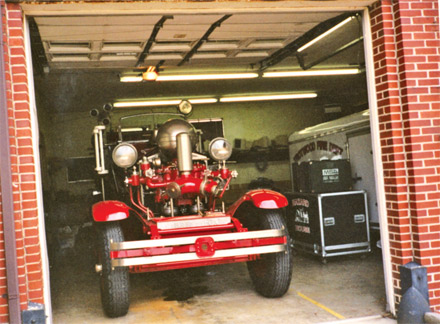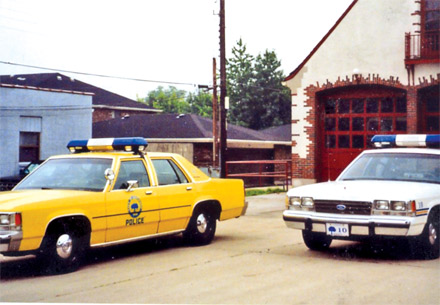Wedding_________________________________
Adams - Byrd
Randy Byrd, a longtime resident of Oakwood, married Nan Adams from New York City, in late Fall 2007. The wedding took place in New York City, and the couple
now resides in Centerville Ohio.
Their wedding website address is nanandrandy.weddingwindow.com.
Duo joins public relations firm Edward Howard
Edward Howard, the longest-established independent public relations firm in the nation, today announced that it has hired Claire Chick as senior account manager and Megan Grote as assistant account executive. Both work in the firm’s Dayton office. “I am very pleased to make this announcement,” said Chuck Vella, senior vice president and Dayton office manager of Edward Howard. “Both Claire and Megan will add to our overall breadth and depth of experience and talent while assisting in the continued growth of the Dayton office.”
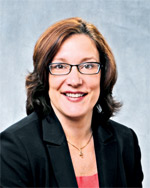 As senior account manager, Claire Chick will oversee client service on various accounts, working closely with corporate, consumer and healthcare clients. Chick previously worked in investor relations and corporate communications for the Icon Group, a Dayton-based investor relations firm. She has experience with a variety of business-to-business and consumer clients, including the former Mead Corporation, Cincinnati Bell, Dayton Power & Light, Robbins and Myers, Standard Register and several other publicly held firms. Ms. Chick is an Oakwood resident and a graduate of Saint Mary’s College with a bachelor’s degree in economics and political science.
As senior account manager, Claire Chick will oversee client service on various accounts, working closely with corporate, consumer and healthcare clients. Chick previously worked in investor relations and corporate communications for the Icon Group, a Dayton-based investor relations firm. She has experience with a variety of business-to-business and consumer clients, including the former Mead Corporation, Cincinnati Bell, Dayton Power & Light, Robbins and Myers, Standard Register and several other publicly held firms. Ms. Chick is an Oakwood resident and a graduate of Saint Mary’s College with a bachelor’s degree in economics and political science.
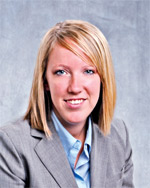 As assistant account executive, Megan Grote will provide client services on various accounts, including corporate and nonprofit organizations. Ms. Grote is a recent graduate of Kent State University with a bachelor’s degree in public relations. She comes to Edward Howard from internships at Eaton Corporation and Flash Communications, a student-run PR agency at KSU; and as a beat reporter for the Daily Kent Stater. She has also held leadership roles with the Public Relations Student Society of America, Kent State United for the Gulf Coast and Delta Zeta sorority.
As assistant account executive, Megan Grote will provide client services on various accounts, including corporate and nonprofit organizations. Ms. Grote is a recent graduate of Kent State University with a bachelor’s degree in public relations. She comes to Edward Howard from internships at Eaton Corporation and Flash Communications, a student-run PR agency at KSU; and as a beat reporter for the Daily Kent Stater. She has also held leadership roles with the Public Relations Student Society of America, Kent State United for the Gulf Coast and Delta Zeta sorority.
Film & cookies a hit
Over 100 people attended the Sunday 1 p.m. showing of “Oakwood: Our Home
on the Hill,” a 45-minute film history of Oakwood produced by the Oakwood Centennial Film Committee. Following the film, guests were invited to enjoy
home-made cookies-of-the-decade, beginning with 1900 oatmeal cookies,
1910, ginger snap cookies and continuing up the decades, a brainstorm idea
of the Film Event Committee pictured left: l to r Diane Scott, Julie Mays, Anne Davis and Jan Wallace, Chair.
Click for more Centennial News >
American Girls’ tea time
Friday, July 11th was a true American Girl friendship day celebrated with a garden party, hosted by Annie of Runnymede. The afternoon captured the essence of the new American Girl Kit Kitridge movie from the homemade lemonade to the delicious finger sandwiches and desserts by Central Perk
of Oakwood, Ohio. The guests enjoyed a garden party tea with festive flowers
at each place setting by Oakwood Florist.
After the garden party the friends saw the new American Girl movie which
they all agreed was a hit! The love of American Girl was shared with Annie’s guests (from left to right in group photo) Sydney, Jenna, hostess Annie,
Blake of Troy, Riley and Julia.
Other candid shots captured the sun shining ... friends smiling...perfect day!
Fire, police and rescue equipment - an evolution Oakwood’s Police – Fire Department is an outstanding example of the service provided by many public employees in our city. We all know that we can count on them to deliver first class service in their respective areas in an efficient and knowledgeable way. We try to provide them with modern equipment in keeping with the latest technology. Over the years our Public Safety Department has had some examples of innovative thinking which later settled into more standardized types of vehicles for emergency response. The first picture of a fire truck appears in the 1925 Acorn and showed Chief John Morrissey with two regular firemen and five volunteers. The truck is an open ladder type thought to be a Hughes-White. As the city grew, a three door firehouse was built and in 1932 the Ahrens-Fox truck #2 was added. It had a huge polished ball pump and spectacular headlights. It served until 1961 when it was acquired by Trotwood where it still serves in parades. The 1938 Seagraves pumper #3 is the one most remembered because it was painted white, was fully enclosed and looked like a large ambulance with ladders sticking out the back. It is known to collectors as a “Safety Sedan.” It was sold to Cy Spurlino in the seventies for use in pumping at the Moraine gravel pits and it served as a fun party van for Reds games. On one occasion it lost its battery and the fans had to hitchhike to the game. It now belongs to local collector Chip Lytle as do #4, a split bed Seagrave pumper, and #5, a Pirsch custom pumper. 1938 Seagraves Pumper #3 The first ambulance was a black Packard limousine with no back entrance. The large side doors served as access to the back where the seats had been removed. This was replaced by a gray ’41 Packard that was designed for such use. It lasted through World War II but it wasn’t exercised enough and its reliability was affected. To this was added a raised roof red and white Cadillac ambulance in the 60’s. The city graduated to a wide stance van and to specially designed medic box trucks that can handle just about any emergency using cross-trained paramedics. In the early 1930’s the police used motorcycles, some with side cars. When an officer was killed in 1933 on the Far Hills hill after getting caught in the wet street car tracks, the department gradually fell back to a ’32 Ford but kept the motorcycles until 1937 when they acquired nice looking Oldsmobile tudors. Although not verified by picture, the city bought a really great Ford convertible in 1939! In 1941 they bought a Ford business coupe painted with a white top trailing down over the trunk which some compared to a skunk. Also, during the War, they used an Oldsmobile business coupe with hydromatic transmission which was also painted with a white top. In 1946, the Ford was replaced with an identical model. The black and white scheme was continued on the doors only with the ‘48 Chevrolet, ’50 Chevrolet coupes and ’53 Chevrolet tudors into the mid-fifties when an all black scheme was adopted for sedans and station wagons. In 1969, under a new chief, the city adopted a bright yellow paint with a blue racing stripe over the top from hood to trunk. This really got drivers’ attention. The yellow was asserted to be easier to see but the racing stripes were never explained and the officers took some needling, so they were abandoned in the 80’s. In 1993, the current white was adopted and the patrolmen were so relieved that the FOP chipped in $1,000 to paint two of the older cars. Today we have a fleet of well-equipped high tech police cars. including a couple of 4-wheel drive SUV’s and unmarked cars for detectives. A 1970's cruiser, left, next to contemporary model. The unusual use of cross-trained personnel dates back to 1924-5, when we adopted this format. It is the second oldest cross-trained police-fire department in the country and one of about 30. It probably works well because of the size of the city. The officers work 24 hours on duty and then are off for 48 hours. The on duty time is split into eight-hour shifts. The first year they are with the department they have 700 hours of classroom training and two months of on-the-job training. Those who become certified paramedics take another 600-800 hours. The response time is one of the first things people brag about when talking about Oakwood. Attention to service and quick response time dates back to the 30’s when we adopted call boxes positioned around the city. Evidence of them can still be found on utility poles where there are blue bands with white stripes about five feet off the ground. Before two way radios were invented, the patrolmen had areas to cover during their tours of duty, which required them to check in with headquarters periodically. The “Gamewell” boxes were locked and the officer had to stop, open it and pull a lever which actuated a paper tape record of his check in. Thus it could be proved that the patrol car was at a certain place and time. There was a private line phone in the box which could be used to dispatch calls for assistance, thus making the response time about one half an hour. Former Sheriff, Tom Wilson, who started his career as an Oakwood patrolman, recalls waking up at night with a bad dream that he had missed a call box. There is one such box in the lobby of the new city building and one at the Oakwood Historical Society. The police had the additional duty of changing the light bulbs in the traffic lights. They had to return to the station and get a little International pickup truck at the service yard. It was fitted with a manually operated ladder that rotated over the cab. After changing the bulb, it was back to the old routine. Can you imagine trying to put that over on O.S.H.A or the F.O.P. today? This article was prepared with the assistance of Sgt. Tom Adams who maintains the department’s historical records and pictures.. Click for more Centennial News |
![]()
July 15, 2008
Volume 17, No. 29
front page
arts
schools
sports
editorial
'round town
people
events
obituaries
The
|
Call |

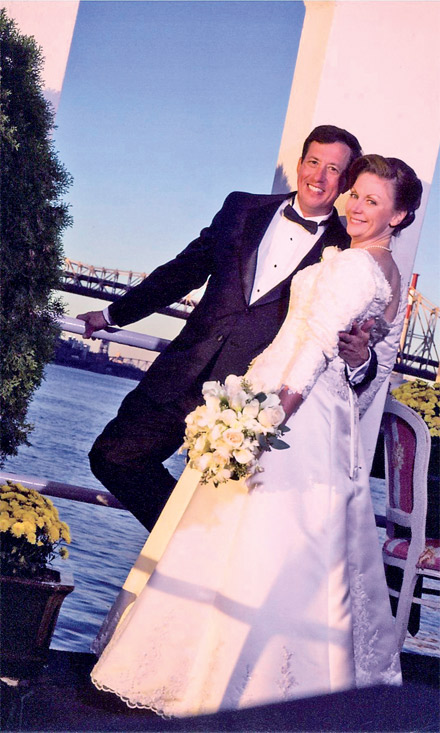

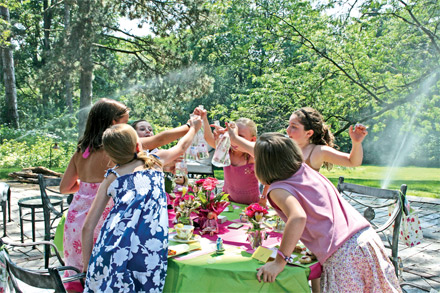

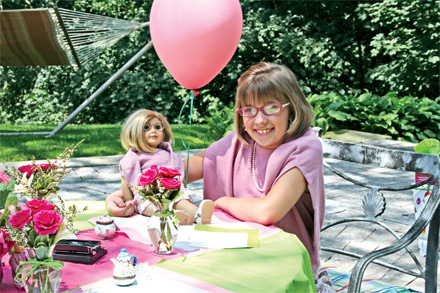
 Centennial
Centennial 